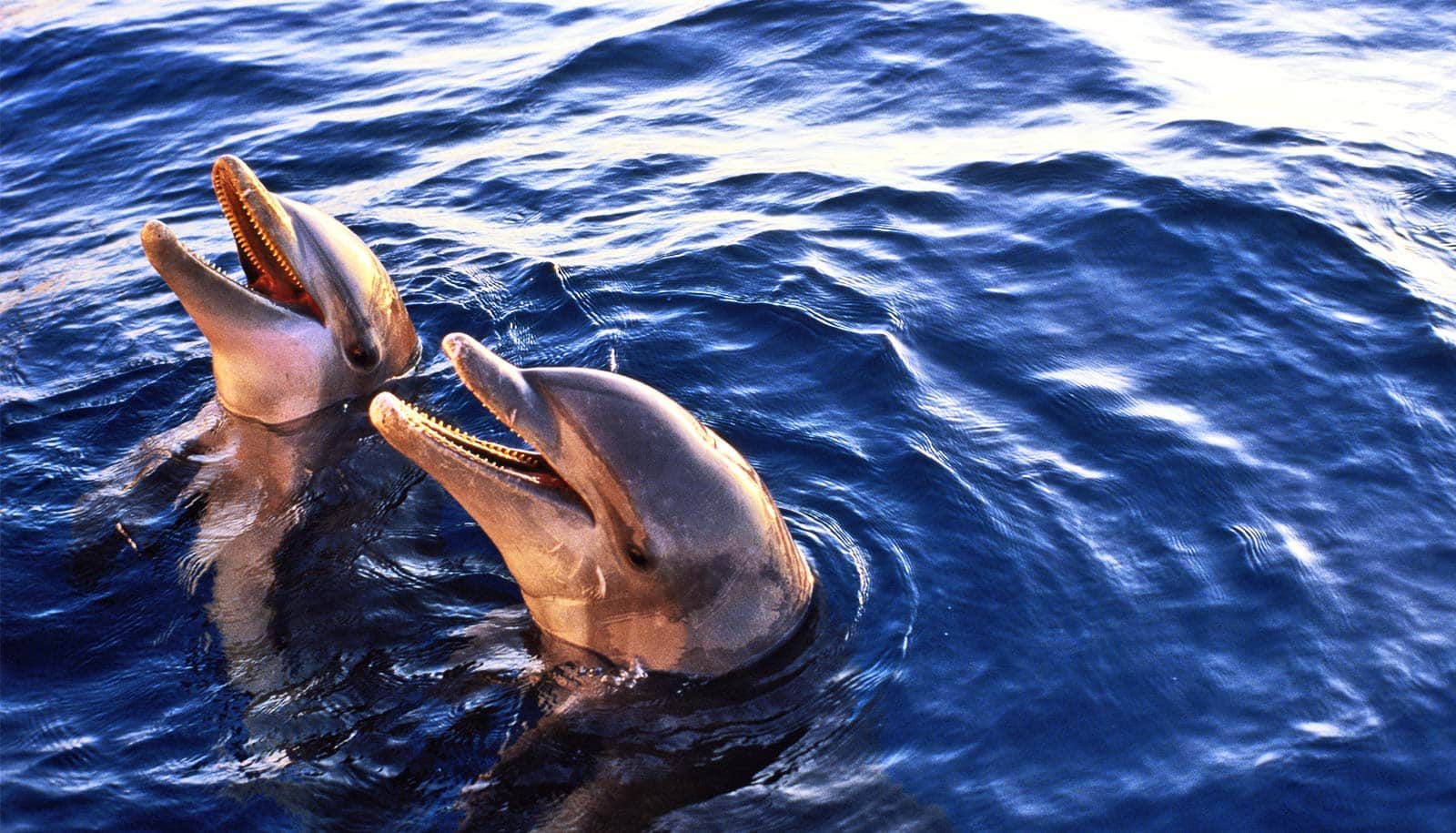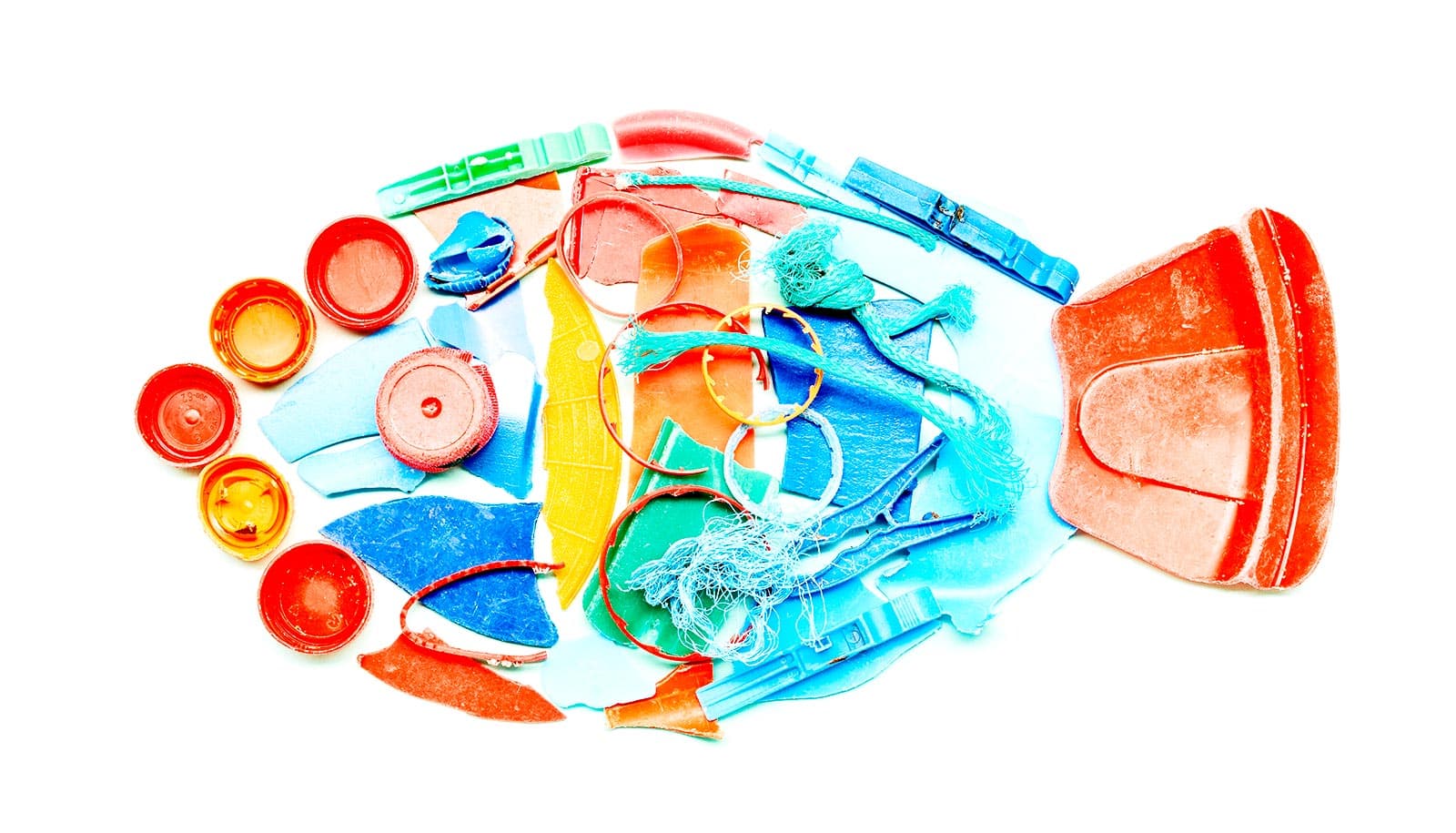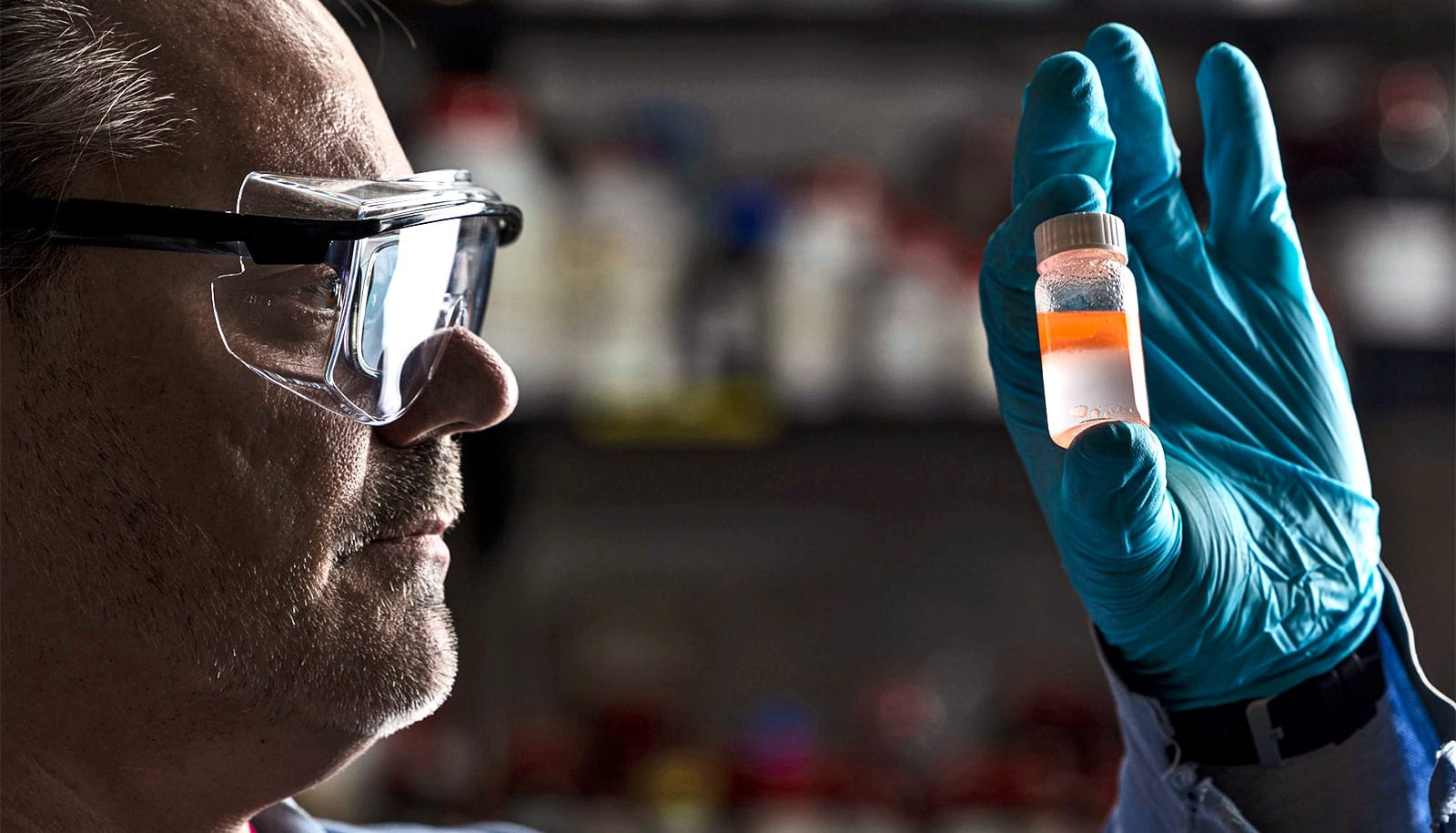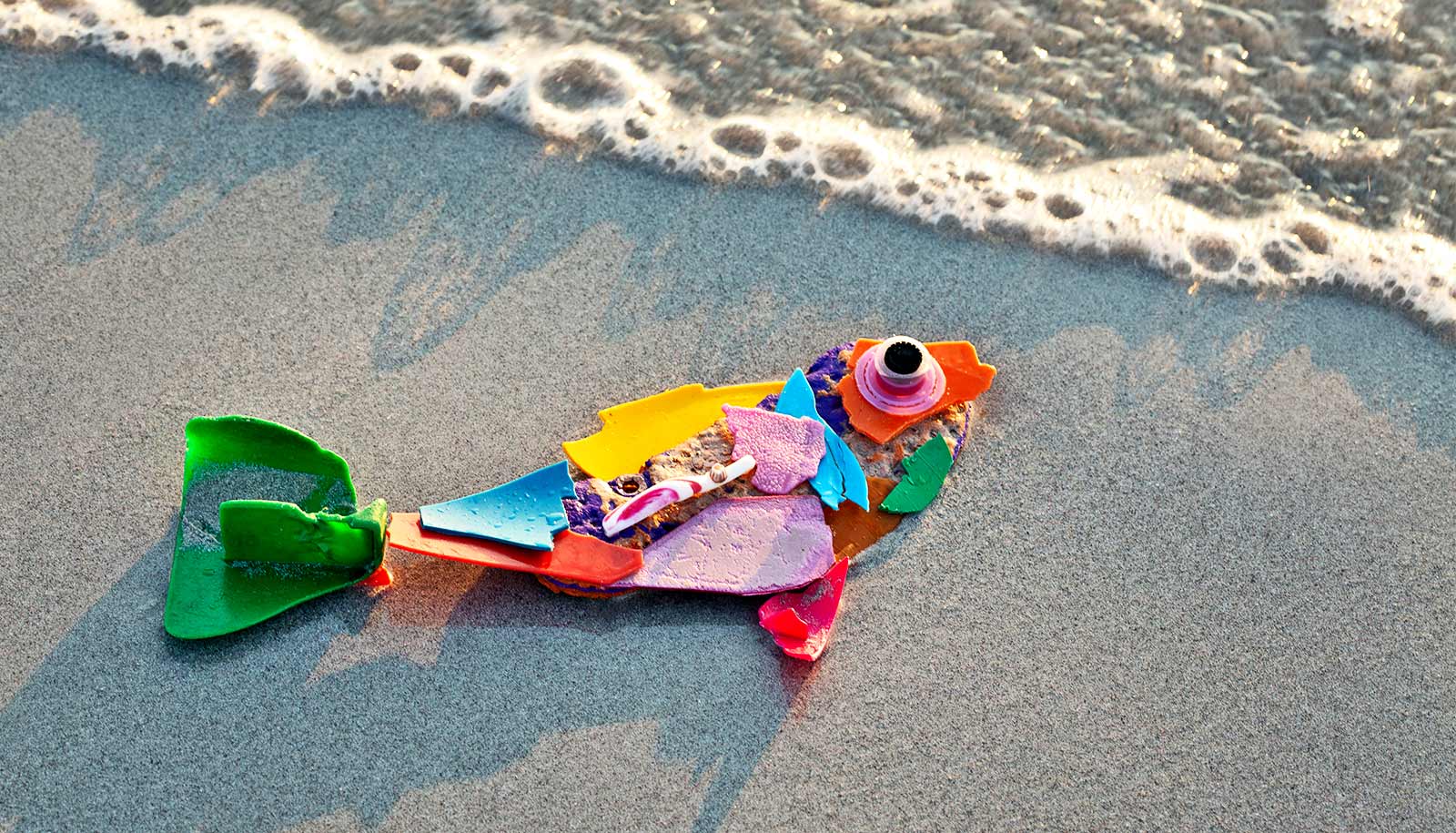Researchers have discovered microplastic particles in the exhaled air of wild bottlenose dolphins.
The results raise concerns about the potential health impacts of inhalation exposure to these contaminants.
The research team, led by College of Charleston researchers Leslie Hart and Miranda Dziobak, conducted health assessments on dolphins in two locations: Sarasota Bay, Florida, and Barataria Bay, Louisiana.
The team captured samples of exhaled air from 11 dolphins, about half living in an estuary in an urban setting and the rest from dolphins in an estuary surrounding by a rural environment.
The results in PLOS One were the same: Every dolphin had at least one suspected microplastic particle in their breath.
“Just as we suspected, dolphins are breathing in microplastics,” says Dziobak.
“This demonstrates what other researchers have found: Airborne microplastics are everywhere, regardless of urbanization and development.”
Austin Gray, assistant professor of biological sciences at Virginia Tech and a coauthor on the paper, began studying microplastics a decade ago in graduate school at The Citadel. Gray, who is affiliated with the Virginia Tech Global Change Center, says finding inhaled microplastics in dolphins adds urgency to the need to understand the extent that humans may be inhaling particles.
“Dolphins are positioned at the top of the food chain,” Gray says, “so they can be considered ecosystem sentinels or early warning systems of natural or human-caused environmental change.”
The study identified various types of microplastic particles, including fibers and fragments from multiple plastic polymers, such as polyester, which is commonly used in clothing. Dziobak says,
“Particles are constantly shed from our polyester clothing every time we wear them, especially when clothes are washed,” Dziobak says, “In fact, our clothes can generate millions of microplastic particles during every single wash cycle.”
To ensure the accuracy of their findings, researchers also sampled surrounding air, confirming that the detected microplastics were indeed exhaled by the dolphins and not just present in the environment.
The findings highlight inhalation as a significant, yet underexplored, route of microplastic exposure for marine wildlife. While ingestion of contaminated food has been a well-documented concern, this study suggests that dolphins may also inhale microplastics, which could have serious implications for their lung health.
Gray’s lab has a five-year National Centers for Coastal Ocean Science grant with Wayne McFee of the National Oceanic and Atmospheric Administration to track microplastics in the intestines and stomachs of bottlenose dolphins on the coast of South Carolina.
“Microplastics have been found in human lungs, but there still is a great deal we do not know,” Gray says. “Our findings demonstrate the need to understand microplastic inhalation by humans and how that may impact human health.”
Dolphins, which have large lung capacities and take deep breaths, may inhale higher doses of microplastics than humans. Previous studies have linked microplastic inhalation in humans to lung inflammation and other respiratory problems.
“If dolphins are breathing in high doses of plastic, they may be even more vulnerable to these health impacts,” Dziobak says.
But humans are far from in the clear from microplastic contamination in the air. The research results raise alarms for people living and working in coastal areas.
“We’ve been exploring the ingestion component for the past couple of years, finding microplastics in their stomach contents and prey fish. Now it’s time to explore the other primary exposure route,” Dziobak says.
The research team is still working to determine the sources of these chemicals. Its members have previously partnered with the Brookfield Zoo Chicago’s Sarasota Dolphin Research Program and found that dolphins in urban areas were exposed to harmful chemicals at levels higher than those found in humans, with plastic pollution identified as a possible source.
“Finding microplastics in the exhaled breath of dolphins highlights how extensive environmental microplastic pollution is,” Dziobak says.
“We hope these findings will inspire people to reduce their own plastic consumption, for the health of themselves and the health of the dolphins.”
Support for the research came from the National Institute of Environmental Health Sciences of the National Institutes of Health.
Source: Virginia Tech



